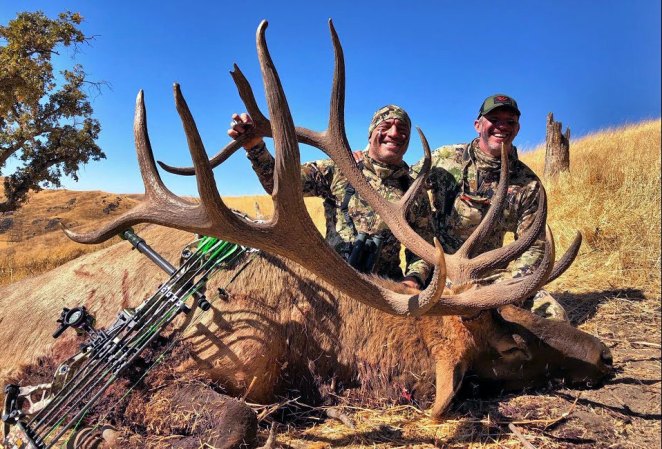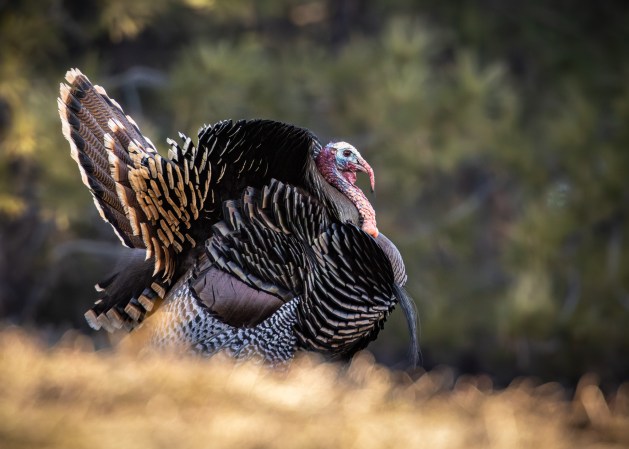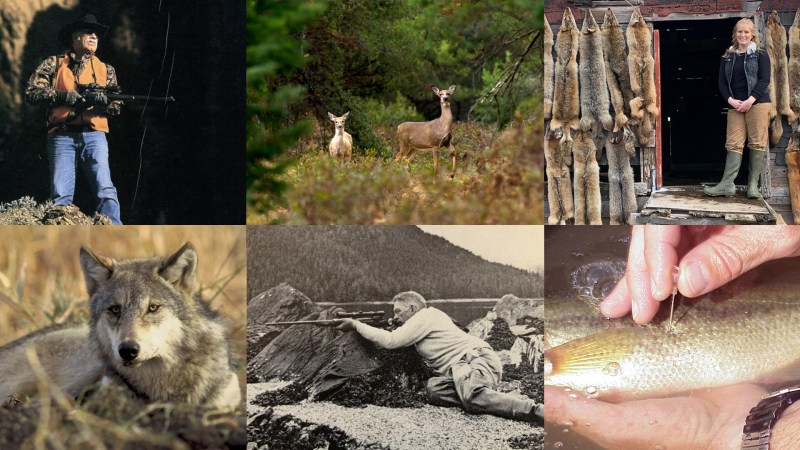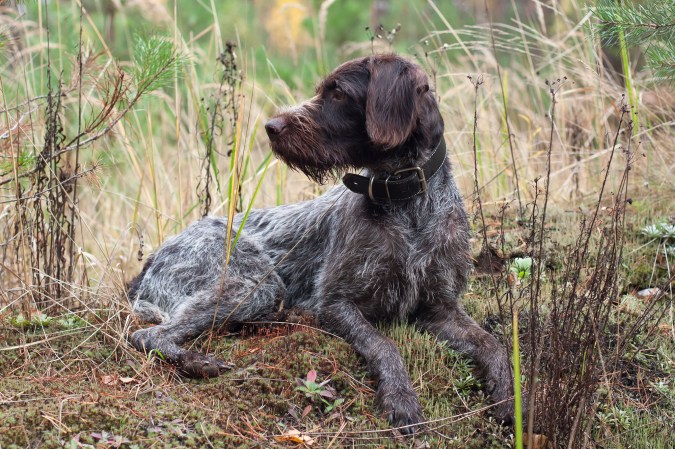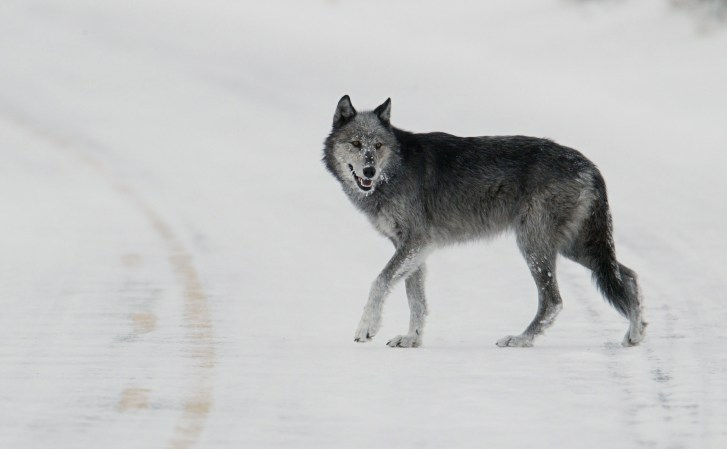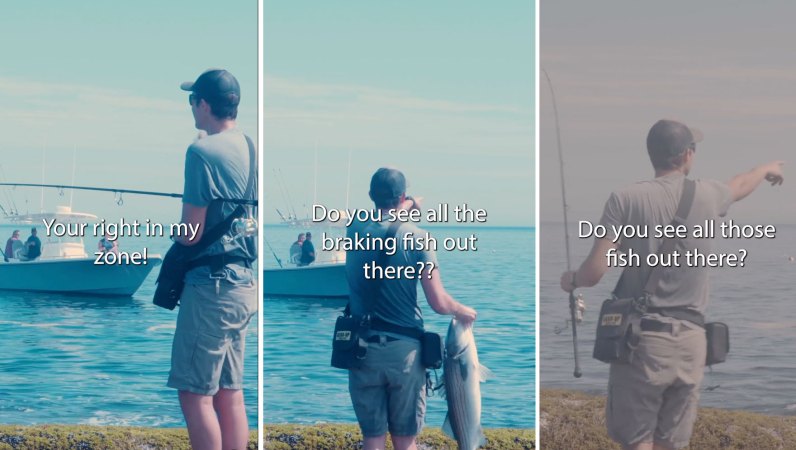Two core principles of the North American Model of Wildlife Conservation are that wildlife belongs to the public, and that there should be hunting “opportunity for all.” In other words, the public should get equitable access to that wildlife. High-dollar big game auctions — in which wealthy hunters bid hundreds of thousands of dollars on the most exclusive and coveted tags — seem to fly in the face of this principle. As hunting and conservation editor Andrew McKean and I discuss on this episode of the Outdoor Life podcast, most of the general public is left sitting on the sidelines at these auctions.
Those hundreds of thousands of dollars raised at auction are donated back to wildlife management, which in turn improves herd numbers and can help open more hunting opportunities for average hunters. That’s the best-case scenario. But often these well-intentioned fundraisers tip into ethical gray area. In many cases, for instance, Western outfitters diligently scout units to locate and photograph the biggest trophy-class bucks, bulls, and rams — and then circulate those images to potential bidders at these auctions. This can drive up the price of auction tags, which is good for the wildlife agencies that use the funding for conservation projects. But it also feels like the whole framework is one step short of market hunting, says McKean.
“In a lot of cases, the participants in auctions are buying an opportunity to hunt a specific animal, and in some cases they are buying [the tag] with the expectation that they are going to kill that animal,” he says. “That transactional part of it is really problematic. If you pull that thread just a little bit, what we’re doing is promoting market hunting. The very reason we have the North American Model of Wildlife Conservation is to get away from the idea that you can exclusively own and sell a specific [wild] animal.”
As an alternative to the auction model, some states are looking to raffles. Montana recently raffled its statewide mule deer tag with the help of Backcountry Hunters and Anglers, which raised a record amount of funding. That raffle brought in a total of $56,620 for conservation by selling 2,831 tickets for $20 apiece to the public. In the Southwest, the Arizona Game and Fish Commission recently voted to abolish the states practice of auctioning tags.
Still, it’s unlikely that we’ll see high-dollar big game tag auctions go away anytime soon. These methods are so effective at raising funds that state agencies would take a serious hit without them. For example, last year Arizona auctioned its statewide mule deer tag for a record-setting $725,000. In order to earn that same amount of revenue through a raffle, the state would have had to sell 36,250 raffle tickets at $20 a pop. That’s nearly 13 times as many raffle tickets than the total purchased in Montana’s statewide mule deer auction, meaning it would be a nearly impossible number of tickets to sell.
McKean says that raffles work well when the agency is hoping to raise between $50,000 and $100,000. For funding efforts larger than that, auctions would still be the way to go. There are also more creative ways to support conservation, says McKean. To hear about those, listen to this week’s episode on Spotify, Apple, or wherever you get your podcasts.


